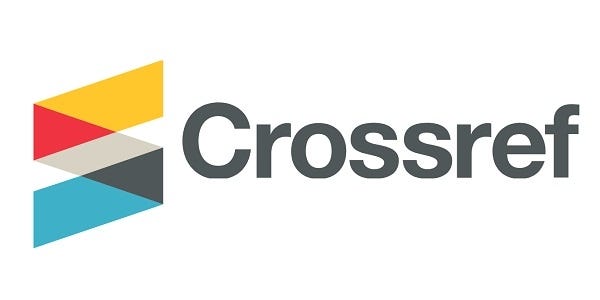Integrating Theory and Practice: Strategies for Teaching Reading in English Language Classrooms
Keywords:
Reading Instruction, EFL, Schema Theory, Metacognitive Strategies, ClilAbstract
This study investigates effective reading strategies in English as a Foreign Language (EFL) classrooms by bridging theoretical frameworks with practical instructional approaches. Drawing on a qualitative content analysis of seven peer-reviewed journal articles published between 2009 and 2025, the study identifies key strategies aligned with schema theory, metacognitive strategy instruction, and the Content and Language Integrated Learning (CLIL) approach. These strategies are categorized into three stages of reading instruction: pre-reading, during-reading, and post-reading. The findings highlight the importance of activating background knowledge, combining intensive and extensive reading practices, promoting reading strategy awareness, and integrating reading and writing in subject-based instruction. The study also addresses the instructional adaptations required in low-resource settings, emphasizing the need for teacher training and contextualized support. By connecting theoretical insights with real classroom practices, the research offers a comprehensive model for enhancing reading comprehension and fostering learner autonomy in EFL contexts.
Downloads
References
Ali, Z., Palpanadan, S. T., Asad, M. M., Churi, P., & Namaziandost, E. (2022). Reading approaches practiced in EFL classrooms: a narrative review and research agenda. Asian-Pacific Journal of Second and Foreign Language Education, 7(1). https://doi.org/10.1186/s40862-022-00155-4
Bamford, J. and R.R. Day. (1997). Extensive Reading: why is it? Why brother?.The Teacher Language Online Editor. May 21, 1997.
Chambers, F. 1997. ‘What Do We Mean by Fluency?’ System 25(4):535–44. https://doi.org/10.1016/ S0346-251X(97)00046-8.
Demiröz, H. (2010). Reading Strategies Employed By Esl / Efl Students Studies on Reading Strategies Used by L2 Students. 81–86.
Loranc-Paszylk, B. (2009). Integrating Reading and Writing into the Context of CLIL Classroom: Some Practical Solutions. International CLIL Research Journal, 1(2), 47–53.
Muchtar, N., & Ali, G. E. (2017). Penerapan Metode Extensive Reading dan Intensive Reading untuk Meningkatkan Kemampuan Membaca Teks Bahasa Inggris Mahasiswa. Prosiding Seminar Hasil Penelitian (SNP2M), 2017 (pp.135-140).
Nyimo, Y. N. (2023). Exploring EFL Teachers’Strategies in Teaching Reading Comprehension: a Case of the Schools at Limited Resources Areas. Osf.Io, 16369, 95–106. https://osf.io/preprints/rmchy/%0Ahttps://osf.io/rmchy/download
Asnawi, A., Sinaga, Y.K., Herman, H., Sianturi, B.K., Kartolo, R., & Tannuary, A. (2025). Investigating Teaching-Learning Strategies in Improving EFL Learners’ Reading Comprehension: A Lesson Learned from Junior High Schools, JOLLT Journal of Languages and Language Teaching, 13(1). 189-202. DOI: https://doi.org/10.33394/jollt.v13i1.13362
Sirait, M. F., Hutauruk, B. S., & Herman. (2020). The Effect of Using Speed Reading Technique to the Students’ Ability in Comprehending a Text. Cetta: Jurnal Ilmu Pendidikan, 3(3), 485-498. Retrieved from http://jayapanguspress.penerbit.org/index.php/cetta/article/view/545
Sunggingwati, D., & Ungau, S. (2023). Reading Strategies Used by 12 Graders in an EFL Context: A Correlational Study. TLEMC (Teaching and Learning English in Multicultural Contexts), 7(2), 118–131. https://doi.org/10.37058/tlemc.v7i2.9403
Uprety, N. (2011). An Integrated Approach to Language Teaching. Journal of NELTA, 1(1). https://doi.org/10.3126/nelta.v1i1.4698
Downloads
Published
How to Cite
Issue
Section
License
Copyright (c) 2023 Authors

This work is licensed under a Creative Commons Attribution-ShareAlike 4.0 International License.
https://creativecommons.org/licenses/by-sa/4.0/















